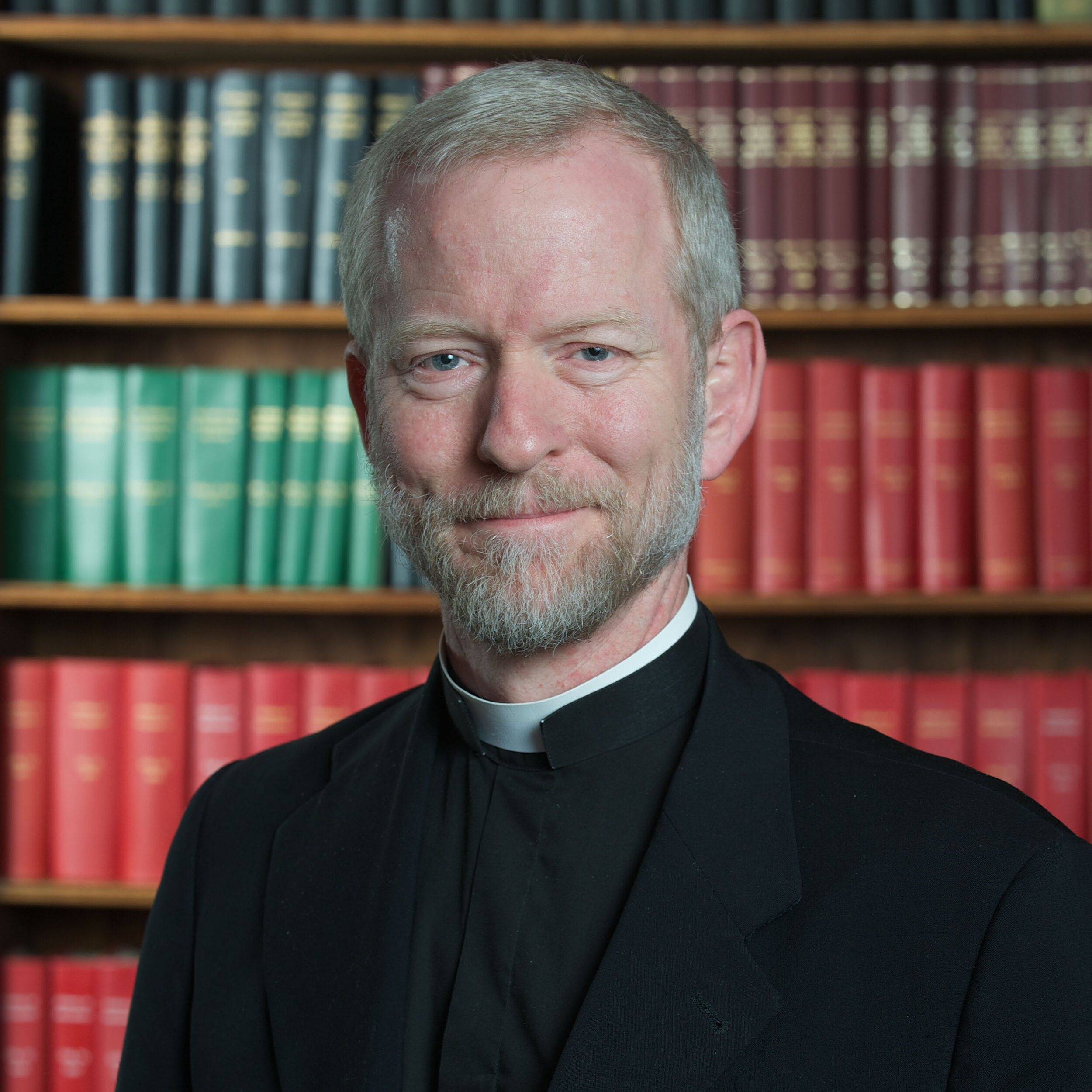Making Sense of Bioethics: Column 023: Acorns and Embryos
Many present-day bioethical arguments, although intellectually fashionable and trendy, nevertheless remain fundamentally flawed in their reasoning. An impressive example of this can be seen in a 2007 Boston Globe article quoting Professor Michael Sandel, who teaches at Harvard:
…although every oak tree was once an acorn, it does not follow that acorns are oak trees, or that I should treat the loss of an acorn eaten by a squirrel in my front yard as the same kind of loss as the death of an oak tree felled by a storm. Despite their developmental continuity, acorns and oak trees differ. So do human embryos and human beings, and in the same way. Just as acorns are potential oaks, human embryos are potential human beings.
The key flaw in Dr. Sandel’s argument is the claim that acorns are potential oaks, when in fact, they are not potential oaks, but actual oaks (at an early stage). Precisely because they are actual oaks, they have the potential to become still older, leaf-bearing oaks. Likewise, embryos are not potential human beings; rather, they are actual human beings with potential. Embryos are potential taxpayers, potential pianists and potential bank robbers, but the only reason they have all that remarkable potential is because of what they already are, namely, human beings (at an early stage).
Do we treat the loss of an acorn eaten by a squirrel in the front yard as the same kind of loss as the death of an oak tree felled by a storm? We are not likely to have much emotional attachment to a little acorn, while we might have strong attachments to the large tree that has been in our front yard for years. But feelings and emotional attachments don’t alter the fact that the loss is the same kind in both cases — the loss of an oak — a very little oak in one case, and a very big oak in the other.
Because we may become emotionally attached to a big tree, we can slip into mistakenly supposing that the acorn is not an oak. This is precisely the error that Dr. Sandel makes, an error grounded in emotion. Regardless of whether we might have a personal favoring of, or an emotional attachment to a big oak, or even a prejudice against little oaks, that prejudice cannot alter the hard biological fact that both the acorn, and the mature tree it gives rise to, are oak.
Similarly, by becoming emotionally attached to grown-up human beings, and playing on our lack of familiarity with embryonic humans, we can mistakenly suppose that an embryo is not a human being. Yet any diminished emotional response we may have towards human embryos cannot change the hard biological fact that both they, and the adults they give rise to, are human beings.
Sometimes a further erroneous analogy will be used: an embryo that does not implant in the uterus is like an acorn that is not planted in the soil. Such an acorn is a potential oak tree, which will become an actual oak tree only after it is planted and grows, and the human embryo, it is claimed, will similarly become a human being only after it implants into the uterus and grows.
Once again, however, the terms of the analogy get confused; in order for it to work, it should rather state: “the human embryo, likewise, will become a human adult only after it implants into the uterus and grows.” It is incorrect to suggest that embryos are not human beings unless implantation occurs, because such microscopic human beings, if they fail to implant, simply become unable to nourish themselves, and starve to death, thereby becoming dead human beings.
If a baby girl were locked alone in a room where she couldn’t ever reach her mother’s breast for nourishment, she would eventually die of starvation. Because she never succeeded in attaching to her mother’s breast, this does not imply that she never became a human being. She was an infant human being who never became an adult human being.
Similarly, it would be false to say that a female embryo who never attached to her mother’s uterus had failed to become a human being. She was an embryonic human being, but one who couldn’t find nourishment, and ended up dying before she could reach a later stage like infancy, adolescence, or adulthood. The breast and the uterus are really nourishment-delivery systems for helping small human beings during the early stages of their existence — tender maternal mechanisms for sheltering and nourishing them as they grow towards more mature stages.
These examples remind us of the regrettable situation we encounter ever more frequently today, a situation where clear thinking becomes the first casualty of agenda-driven positions. As lawmakers, Hollywood figures, and even well-educated intellectuals become convinced that we must harvest embryos for parts, they scramble for arguments that may seem seductive at first, but ultimately lack rigor, substance and truth.
Copyright © 2020, The National Catholic Bioethics Center, Philadelphia, PA. All rights reserved.

